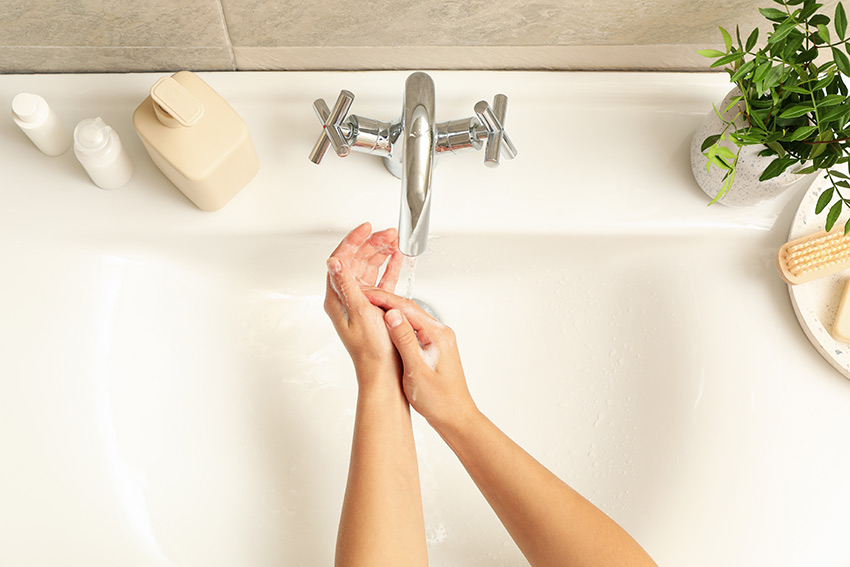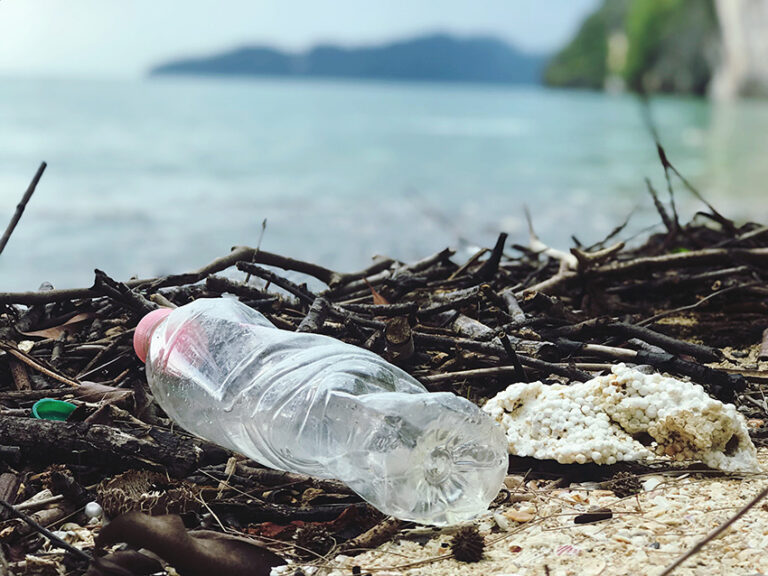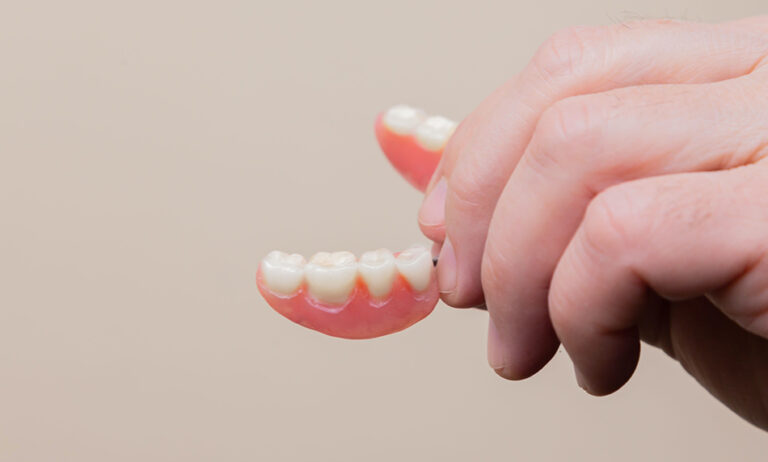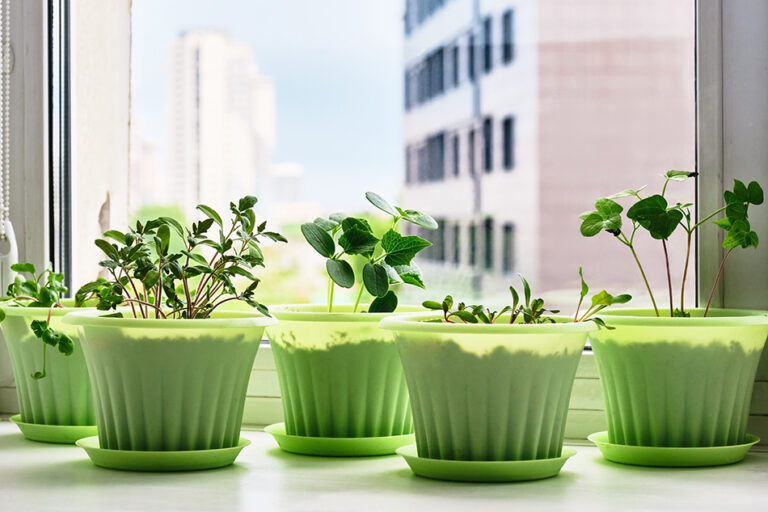Most families don’t think twice about opening up their taps for a tall glass of water, and this is because most North American water treatment facilities provide clean, safe water for communities. Despite the safety of this water, however, it’s important to understand what’s actually in your water since it may influence your purchases in the future. Here’s why.
What Does “Safe” Really Mean?
Although tap water across the US and Canada is generally considered safe, it is not always free from contaminants. Water treatment facilities work hard to remove dangerous substances from your water, but believe it or not, some contaminants remain – even after treatment. Some of the most common include aluminum, herbicides and pesticides, iron, lead, arsenic, and even trace amounts of uranium. It’s important to note that every location has its own unique contaminants, so if you’re curious about what’s in your water, you can check out the EWC’s Tap Water Database and search for your ZIP code.
Who Regulates Tap Water?
The United States Environmental Protection Agency (EPA) is responsible for the regulation of tap water in America, and the group has successfully set limits on more than 90 contaminants commonly found in tap water. This is thanks to the federal Safe Drinking Water Act, which imposes these limits legally. However, the Act only applies to public water systems that serve more than 10,000 people. If you live in a smaller community, your water is not regulated by the Safe Drinking Water Act. Instead, the EPA’s Unregulated Contaminant Monitoring Rule, which checks for 30 contaminants every five years, applies.
A Common Culprit – Fluoride
Fluoride is a naturally-occurring mineral that is released from rocks during the process of erosion. Virtually all sources of freshwater contain at least some fluoride, and water treatment facilities in North America add fluoride to supplies as a public health measure to prevent tooth decay. Although the EPA regulates the amount of fluoride that can be added to drinking water supplies, the states and local governments ultimately decide whether to add it at all. Fluoride is important for healthy teeth and bones, but the truth is that too much fluoride can actually do more harm than good. For this reason, if you live in an area where your drinking water is fluoridated, you should consider fluoride-free toothpaste options.
Safe Alternatives to Tap Water
If you live in a smaller community that isn’t regulated under the Safe Drinking Water Act, or if you’re simply concerned about the types and levels of contaminants in your drinking water, there are alternatives to drinking your water right out of the tap. Unfortunately, many families rely on individually bottled water, which is certainly convenient, but devastating for the environment. To do your part and reduce some of the 481 billion plastic bottles used around the world every year, consider water filtration, instead. Whole-home filtration is one option, but you might also choose filters that attach directly to the tap, pitcher filters, or other devices designed to remove contaminants from your water.
No matter what you decide, it’s important that you do your own research to learn more about the contaminants in your local tap water. If you choose to utilize filtration, make sure that those filters are rated to remove the contaminants that concern you.






